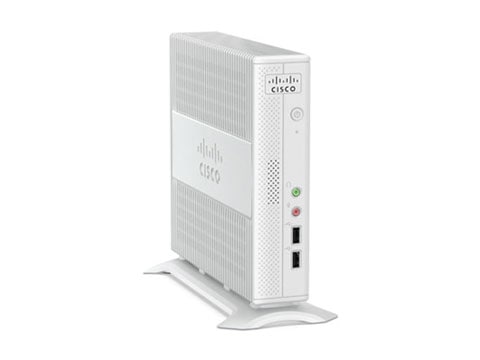In part 1 of this series, we explored the possibilities that VMware View’s linked clones technology unlocks. We can begin move closer to deploying a single “gold” image with this technology and managing only that “gold” image. That is a very powerful prospect. However, if we truly want to get to that state, some other items in the image need to be offloaded. This post will discuss strategies to offload the user data from the virtual desktop images.
First, let’s define what typically can be found as part of the user data.
- My documents
- Desktop
- Application Data
- Shortcuts
- Basically any “user” customization data that makes that desktop unique to the user
If the user data is part of the virtual desktop image, then the virtual desktop is not disposable (from the point of view of the user, at least 🙂 ). We need to store the user data somewhere else if we do not want to lose it if the virtual desktop is refreshed, recomposed, or provisioned again. There are several ways to tackle this particular design consideration. Let’s go over a few of them.
First, the built in Windows methods.
Roaming Profiles
Pros:
- Built in to Windows
- Well understood
- Capable of offloading the entire user profile, including files for third party applications (e.g. Favorites for third party browsers like Firefox.)
Cons:
- Downloads the entire user profile every time a user logs on
- Large profiles can cause very long logon times for users
- The virtual disk on the virtual desktop image will grow with the profile data every time a user logs on
- Cannot really be monitored for consistency or functionality
- May be problematic when upgrading from an older Operating System (like Windows XP) to a new Operating System (like Windows 7) due to profile incompatibilities.
Even though it is the first listed, I would actually recommend roaming profiles as a last resort. Long time Windows administrators know the frustrations of roaming profiles. Dealing with roaming profile problems may lessen the operational efficiencies gained by deploying a virtual desktop environment in the first place.
Folder Redirection
Pros:
- Built in to Windows
- Well understood
- Folders redirected truly reside completely off of the virtual desktop image
- Logon times are not an issue like they can be with roaming profiles
Cons:
- Does not take care of the entire user profile. Third party application customizations (like Favorites for third party browsers like Firefox) may or may not be redirected depending on where that data is stored.
- Cannot really be monitored for consistency or functionality
- May be problematic when upgrading from an older Operating System (like Windows XP) to a new Operating System (like Windows 7) due to folder differences.
I have used Folder Redirection many times in different environments. When set up properly it works reasonably well. My wish list for improvement would be the ability to audit when a user does not have their folder redirected to avoid any user data loss.
Outside of built in Windows solutions, there are several third party solutions that are trying to tackle the “user identity” offloading consideration. These solutions vary in functionality, complexity, and price. So, I will just list the general Pros and Cons with this category of software solution.
Third Party Profile Management
Pros:
- Profile management is what it does. It had better be good at it 🙂
- May have more robust monitoring of the user data for consistency and functionality
- May have the ability to seamlessly migrate user data from an older Operating System (like Windows XP) to a newer Operating System (like Windows 7)
- Can be a more robust profile management solution vs. built in Windows tools
- Will likely scale more efficiently than built in Windows tools
Cons:
- May add more complexity
- Added price
- Not all profile management is created equal, research must be done to ensure that the solution fits the need for your environment. (At least with Roaming Profiles and Folder redirection you know exactly what you are getting and not getting)
As you can see, we must offload user data if the virtual desktop environment is going to be as efficient as possible. Fortunately, there are many ways to accomplish this goal. Part 3 of this series will go over offloading the applications from the virtual desktop image. Until then, if you have any comments or questions feel free to post them.


